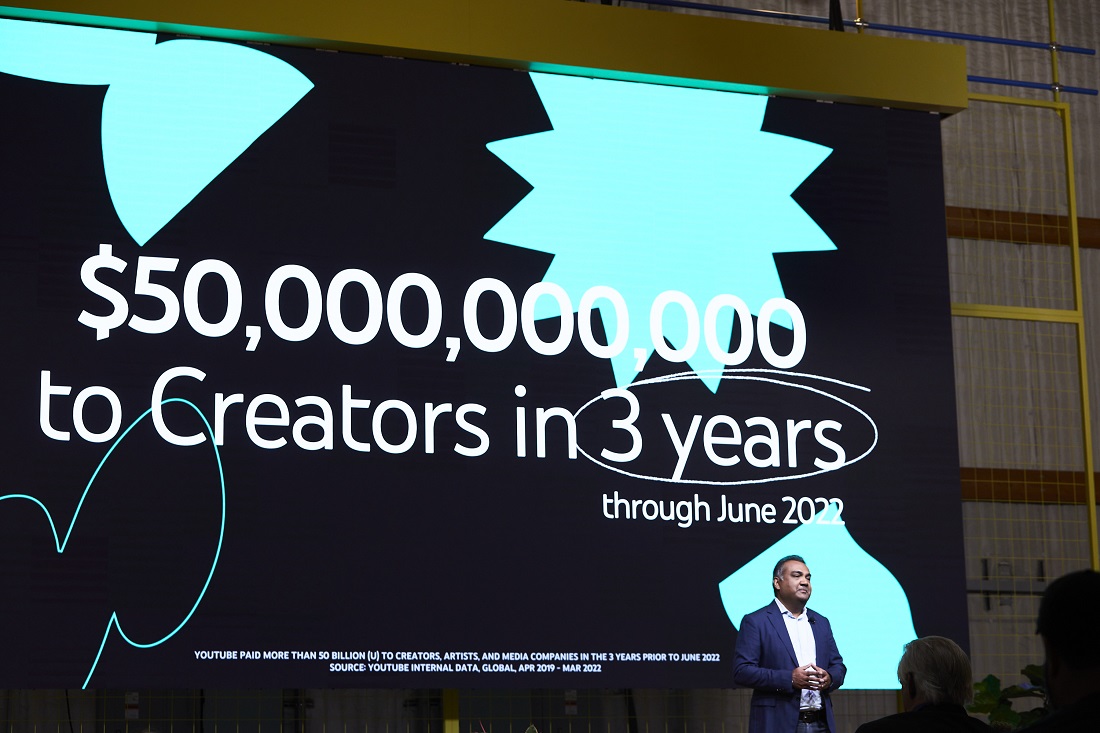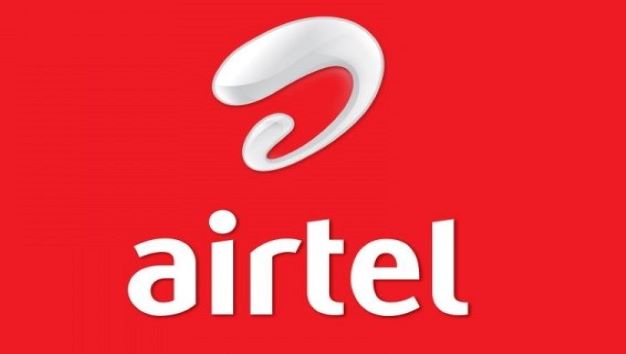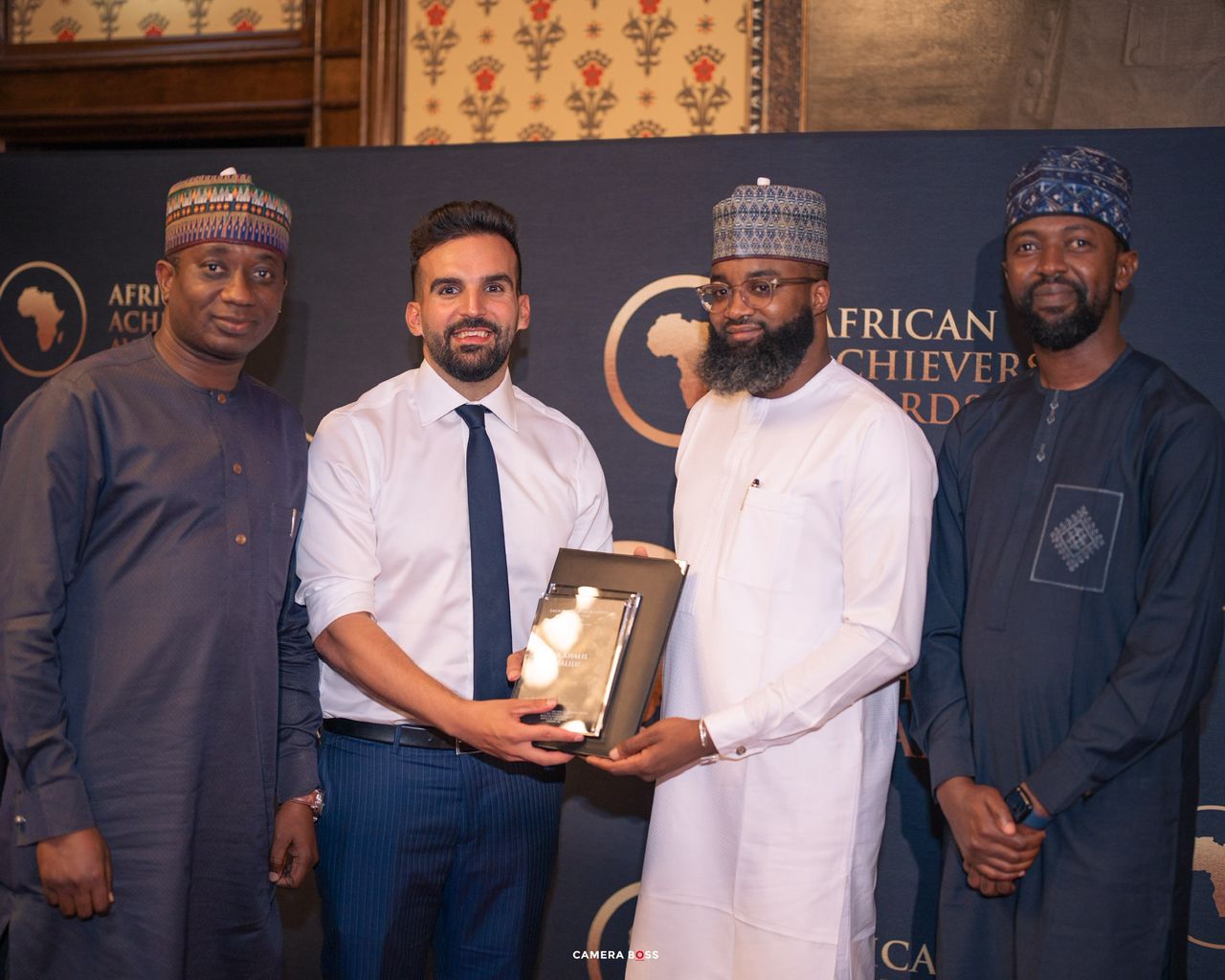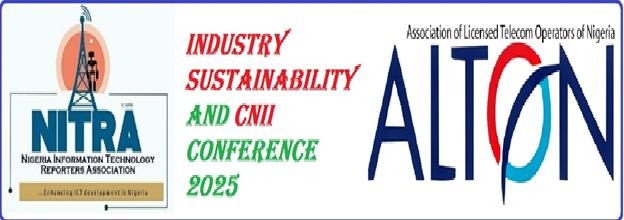Telecom
YouTube Supports Next Wave of Global Creative Entrepreneurs As It Announces New Ways for Creators to Make Money

YouTube on Wednesday introduced the next chapter in rewarding creativity on the platform. At its inaugural Made on YouTube event, YouTube shared that it’s expanding the platform’s monetization system, the YouTube Partner Program (YPP), to allow more creators to join the program, introducing new ways for creators to earn revenue through Shorts, and re-imagining the music industry and creator dynamic by opening up ads monetization for those who feature music in their videos.

Today’s announcement reflects the diversity of the platform’s growing creator community and allows its over 2M monetizing creators to make money on YouTube across any creative format. Today’s key announcement includes:
Expanding access to YPP: Starting in early 2023, Shorts-focused creators can apply to YPP by meeting a threshold of 1K subscribers and 10M Shorts views over 90 days. These new partners will enjoy all the benefits YPP offers, including ads monetization across Shorts and long-form YouTube videos. This is in another option to the existing criteria where long-form creators can still apply to YPP when they reach 1,000 subscribers and 4,000 watch hours. Creators can choose the one option that best fits their channel while YouTube maintains the same level of brand safety for advertisers. To support creators who are early in their YouTube journey, YouTube will also introduce a new level of YPP with lower requirements that will offer earlier access to Fan Funding features like Super Thanks, Super Chat, Super Stickers and Channel Memberships.
Introducing a first-of-its-kind revenue sharing model for Shorts: With 30B+ daily views and 1.5B+ monthly logged-in users, Shorts are exploding around the world. To reward this new creative class, beginning in early 2023, we’ll be moving away from a fixed fund and doubling down on a unique revenue sharing model for Shorts for both current and future YPP creators. Because ads run between videos in the Shorts Feed, every month, revenue from these ads will be added together and used to reward Shorts creators and help cover costs of music licensing. From the overall amount allocated to creators, they will keep 45% of the revenue, distributed based on their share of total Shorts views. The revenue share remains the same, no matter if they use music or not.
Launching Creator Music: The complexities of music licensing has meant that most long-form videos that feature music don’t result in creators being paid. To build a bridge between the music industry and creators, YouTube is introducing Creator Music, a new destination that gives creators easy access to an ever-growing catalog of music for use in their videos, while providing artists and music rights holders with a new revenue stream for their music on YouTube. Creators can now buy affordable, high-quality music licenses that offer them full monetizing potential—they will keep the same revenue share they’d usually make on videos without any music. And for creators who don’t want to buy a license up front, they’ll be able to use songs and share revenue with the track’s artist and associated rights holders. Creator Music is currently in beta in the U.S. will expand to more countries in 2023.
Susan Wojcicki, CEO of YouTube, said: “The YouTube Partner Program was revolutionary when we launched it back in 2007, and it’s still revolutionary today. Over the last three years, YouTube has paid creators, artists, and media companies more than $50 billion dollars.
“That $50 billion dollars has changed the lives of creators around the world and enabled new voices and stories to be told. But we’re not done yet.
“When we introduced the YouTube Partner Program, we made a big bet: we succeed only when our creators succeed. And today, we’re doubling down.
“We’re introducing the next chapter in how we reward creativity on our platform by expanding access to our YouTube Partner program.”
Neal Mohan, YouTube’s Chief Product Officer, said: “YouTube’s first-of-its-kind, industry-leading Partner Program changed the game for long-form video.
“And now we’re changing the game again, this time by opening it up to Short-form creators and introducing revenue sharing to Shorts.
“This is the first time revenue sharing is being offered for short-form video on any platform at scale, adding to the 10 ways creators can already earn revenue on YouTube.
“It’ll be available to all of those in YPP — including the new, mobile-first creators, who will be joining the program for the first time.”
Lyor Cohen, YouTube’s Global Head of Music, said: “Creator Music is the future. We’re building the bridge between artists and creators on YouTube to elevate the soundtrack of the creator economy; it’s a win-win-win for artists, songwriters, creators and fans.
“With Creator Music, artists have a new way to get their music out into the world; fans can now discover music they love on their favorite creator’s channels, and both creators and artists will have new revenue opportunities.”
These creators and artists are using YouTube to lead the next wave of the creator economy and share how the announcements shared today will impact the broader ecosystem:
Producer/DJ, Marshmello said: “As an artist, Creator Music gives us an opportunity to tap into YouTube’s massive creator community and reach new fans.
“I’ve built an incredible global audience on YouTube and Creator Music feels like one of the latest evolutions that makes it such a valuable place for my music and more importantly, my fans.”
YouTube creators, Colin and Samir said: “Over the last three years, YouTube has paid out $50 billion to over 2 million creators, artists and media companies. through its Partner Program – more than any other platform.
“That’s $45 million a day. $1.9 million an hour, $528 a second. Every second. For the last three years. Today’s announcements prove that YouTube is continuing to lead the way in its commitment to creators everywhere.”
Multiformat creator, Kallmekris, said: “So many creators find themselves having to choose between video formats to best serve their unique goals. From a business perspective, the key benefit of Shorts for me is that they help me pull people into my community. Whereas for longform, it brings in a lot more revenue. That’s why this news about the partner program coming to Shorts is so great. My work will be supported in much the same way, no matter the format. That need for a strategic trade-off – weighing up the pros and cons – will disappear.”
Telecom
Airtel Africa Grew Customer Base to 169m as Q1 Revenue Hits $1.4 Billion

Airtel Africa has grown its customer base by 9.0% to 169.4 million, with data customers increasing 17.4% to 75.6 million with focus on bridging the digital divide across her markets continues. According to the telecommunications operator’s financial results for the quarter ended June 30, 2025, which demonstrated strong growth across key metrics and a continued focus on expanding its services across its 14 African markets.

The operator reported a significant increase in revenue, reaching $1,415 million. This represents a 24.9% growth in constant currency and a 22.4% increase in reported currency, indicating a more stable macroeconomic environment in its operating regions and effective tariff adjustments, particularly in Nigeria.
The growth was broadly driven, with mobile services revenue increasing by 23.8% in constant currency. Data revenue showed exceptional performance, surging by 38.1%, while voice revenue grew by 13.9%. Mobile money services continued their strong upward trajectory, recording a 30.3% growth in constant currency. This was supported by accelerated growth in Francophone Africa (16.4% in constant currency) and continued strong performance in East Africa (20.3% in constant currency).
Airtel Africa’s profitability also saw a substantial uplift. EBITDA grew by 29.8% in reported currency to $679 million, with EBITDA margins expanding to 48.0% from 45.3% in the prior period. This margin expansion is attributed to sustained operating momentum, more stable fuel prices, and the ongoing benefits from cost efficiency programs.
Profit after tax saw a remarkable improvement, rising to $156 million compared to $31 million in the prior period. Basic Earnings Per Share (EPS) stood at 3.4 cents, a significant increase from 0.2 cents in the previous year, primarily reflecting higher operating profit in the current period and the absence of large derivative and foreign exchange losses that impacted the prior period.
Operational highlights further underscored the company’s growth. Airtel Africa’s total customer base expanded by 9.0% to 169.4 million. Data customers increased by 17.4% to 75.6 million, as the company intensified its efforts to bridge the digital divide. Mobile money customer base also grew by 16.1% to 45.8 million, with transaction value increasing by 28.7% in constant currency.
The company’s strategic focus on enhancing customer experience is supported by ongoing network investments. Over 2,300 new sites were rolled out, bringing the total to 37,579 sites, and the fiber network was expanded by 2,700 km, now exceeding 79,600 km. This investment has boosted data capacity across the region, with 4G population coverage reaching 74.7%, an increase of 3.4% year-on-year.
Airtel Africa continued its debt localization program, with almost 95% of its operating company debt (excluding lease liabilities) now in local currency, up from 86% a year ago, reducing foreign currency debt exposure. The company also confirmed it has returned $16.9 million to shareholders through its ongoing share buyback program as of June 30, 2025.
Sunil Taldar, chief executive officer, said: “We are very pleased with the strong growth in our operating and financial performance in the first quarter. The strength of this performance, and the scale of the growth we achieved, reflects the sustained demand for our services and the strength of our business model to meet these demands. Operationally, the acceleration in customer base growth to 9%, and 17.4% growth in our data customers to 75.6m reflects the strong on-ground execution with a relentless focus on digitisation and the simplification of the customer experience.”
Telecom
Khalil Halilu Honoured at UK Parliament for Championing African Innovation

Mr. Khalil Suleiman Halilu, executive vice chairman/ceo of the National Agency for Science and Engineering Infrastructure (NASENI), was honoured with the prestigious African Achievers Award at the 15th edition of the ceremony held at the historic House of Lords, UK Parliament, on July 11, 2025.

L-R: Founder, Startup Arewa, Mohammed Jega; Deputy Mayor of London for Environment and Energy Mete Coban; Executive Vice Chairman/CEO, National Agency for Science and Engineering Infrastructure (NASENI), Khalil Suleiman Halilu; and Special Adviser to the EVC on Commercialization, Engr. Anas Balarabe during the presentation of the prestigious African Achievers Award to Halilu at the House of Lords, UK Parliament recently.
The award, presented during an event that brought together royals, global leaders, policymakers, and innovators, recognized Mr. Halilu’s outstanding contributions to advancing Africa’s technological infrastructure, innovation ecosystems, and industrial growth through his leadership at NASENI.
Hosted by Baroness Sandip Verma, Chancellor of the University of Roehampton and a respected member of the House of Lords, the ceremony was a powerful global showcase of African excellence and transformative leadership. Mr. Halilu joined a distinguished group of honourees including public officials, business executives, and philanthropists shaping the future of the continent.
In his remarks, Mr. Halilu emphasized Africa’s readiness to lead in innovation, manufacturing, and sustainability.
“It is a great honour to receive this award alongside fellow visionaries committed to Africa’s future. At NASENI, we are bridging the gap between ambition and access, turning ideas into industries, empowering indigenous solutions, and driving forward Nigeria’s and Africa’s industrial transformation. Africa is not just rising, it is ready.”
Under his leadership, NASENI has been repositioned as Nigeria’s leading technology transfer agency, delivering on the Renewed Hope Agenda of President Bola Ahmed Tinubu by enabling local production in critical sectors such as clean energy, agriculture, transportation, and digital infrastructure.
Through strategic partnerships and an Accelerated Technology Transfer & Adaptation Strategy, NASENI is turning Nigeria into a hub for sustainable innovation and industrial self-reliance. Mr. Halilu extended appreciation to the organizers and supporters of the Awards:
“I thank the African Achievers Awards team, Baroness Sandip Verma, and all those across the continent and diaspora who continue to champion African solutions. This recognition is a motivation to do more and a reminder that the future we seek is one we must build ourselves.”
Now in its 15th year, the African Achievers Awards has become one of the most respected platforms spotlighting African leadership and excellence globally. This year’s edition included powerful messages from dignitaries such as King Misuzulu kaZwelithini, Queen Olori Atuwatse III, and Dr. Fatou Bensouda, reinforcing the urgency of building a united and future-facing African continent.
The award to Mr. Khalil Halilu reflects NASENI’s growing continental footprint and its mission to deliver homegrown technologies that respond to Africa’s real challenges, promote sustainable development, and accelerate industrialization across borders.
Telecom
NITRA-ALTON CNII & Sustainability Conference Rescheduled for August 7 in Lagos

The 2025 edition of the Critical National Information Infrastructure (CNII) & Sustainability Conference has been rescheduled to hold on August 7, 2025, at CitiHeight Hotel, Ikeja, Lagos, following a shift from its earlier date of July 30.

The adjustment was made to accommodate a nationwide telecom stakeholders’ meeting convened by the Nigerian Communications Commission (NCC).
The CNII Conference, jointly organised by the Nigeria Information Technology Reporters Association (NITRA) and Association of Licensed Telecommunications Operators of Nigeria (ALTON), seeks to address the implementation and awareness gaps surrounding the CNII Order, signed into law by the Federal Government in August 2024.
The law designates telecom infrastructure as Critical National Information Infrastructure, positioning it as a strategic asset vital to Nigeria’s economic and security framework. Industry groups including the Association of Telecommunications Companies of Nigeria (ATCON) have thrown their weight behind the initiative.
Speaking on the new date, NITRA Chairman, Mr. Chike Onwuegbuchi, emphasised that the Act, though laudable, requires industry-wide collaboration and clear implementation strategy for tangible impact.
“The mere proclamation of CNII as an Act does not guarantee infrastructure safety. Stakeholders must address operational and standardisation gaps to make the law work,” he said.
ALTON Chairman, Engr. Gbenga Adebayo, also highlighted the need for regular maintenance and technology upgrades to curb vandalism and ensure infrastructure security.
Focus Areas of the Conference Include:
- Implementation mechanisms for the CNII Act.
- Stakeholders’ roles at federal, state, and industry levels.
- Security enforcement and public education.
- Infrastructure protection and sustainability.
- Collaboration and compliance across telecom companies.
Expected attendees include the Minister of Communications, Innovation and Digital Economy, regulators, service providers, security agencies, and key players in public and private sectors.
The event is themed “Industry Sustainability And CNII Conference 2025 – Way Forward”, with panel discussions aimed at creating a unified approach to safeguarding Nigeria’s telecom infrastructure under the CNII provisions.

 E-Financial3 days ago
E-Financial3 days agoKuda Unveils New Wallet for Multiple Currencies

 Telecom3 days ago
Telecom3 days agoTelcos Resume SIM Card Sales after 2-Week Halt

 Telecom3 days ago
Telecom3 days agoNigeria, Others Achieve 84% Adult Mobile Phones Penetration

 E-Business3 days ago
E-Business3 days agoHow AI Alert by Airtel is Transforming Mobile Security in Africa

 E-Business3 days ago
E-Business3 days agoNITDA, API Partner Against Harmful Online Content

 Telecom2 days ago
Telecom2 days agoTelcos: How and Why Network Services have Been Poor

 Telecom2 days ago
Telecom2 days agoGlo Launches Nigeria’s First-of-its-kind Device Protection Plan

 News3 days ago
News3 days agoHorn of Africa Leaders Seek Enhanced Digital Integration for Increased Regional Growth



























